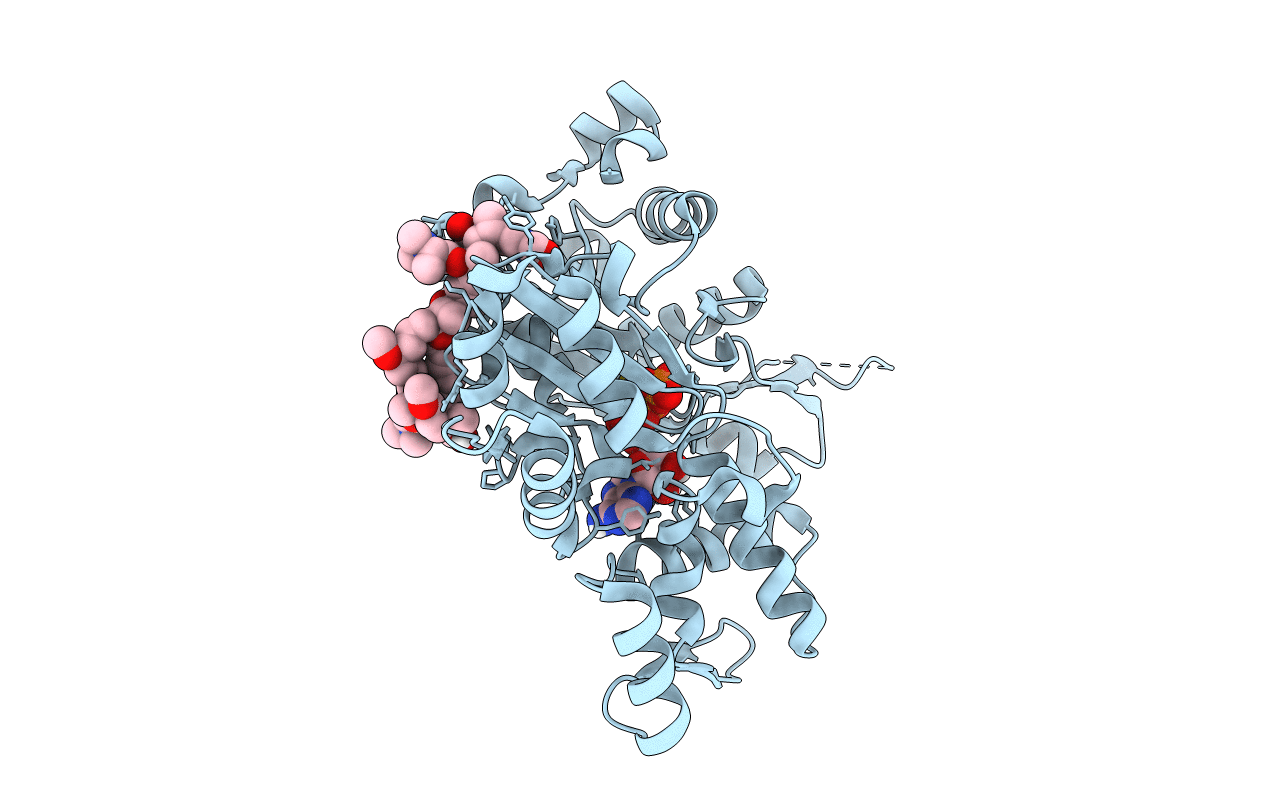
Deposition Date
2004-12-03
Release Date
2006-02-14
Last Version Date
2023-10-25
Method Details:
Experimental Method:
Resolution:
1.45 Å
R-Value Free:
0.17
R-Value Work:
0.15
R-Value Observed:
0.15
Space Group:
P 1 21 1


